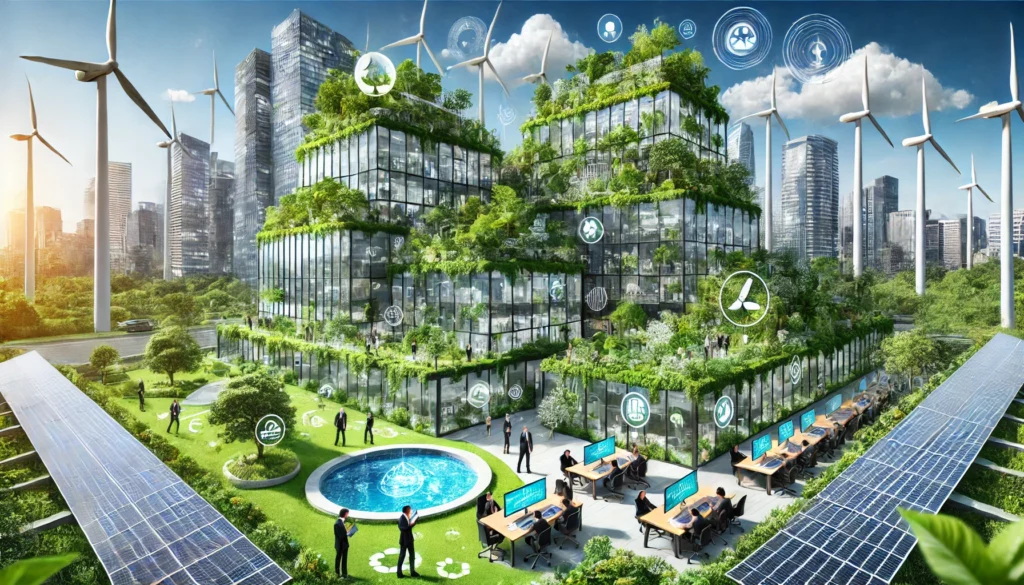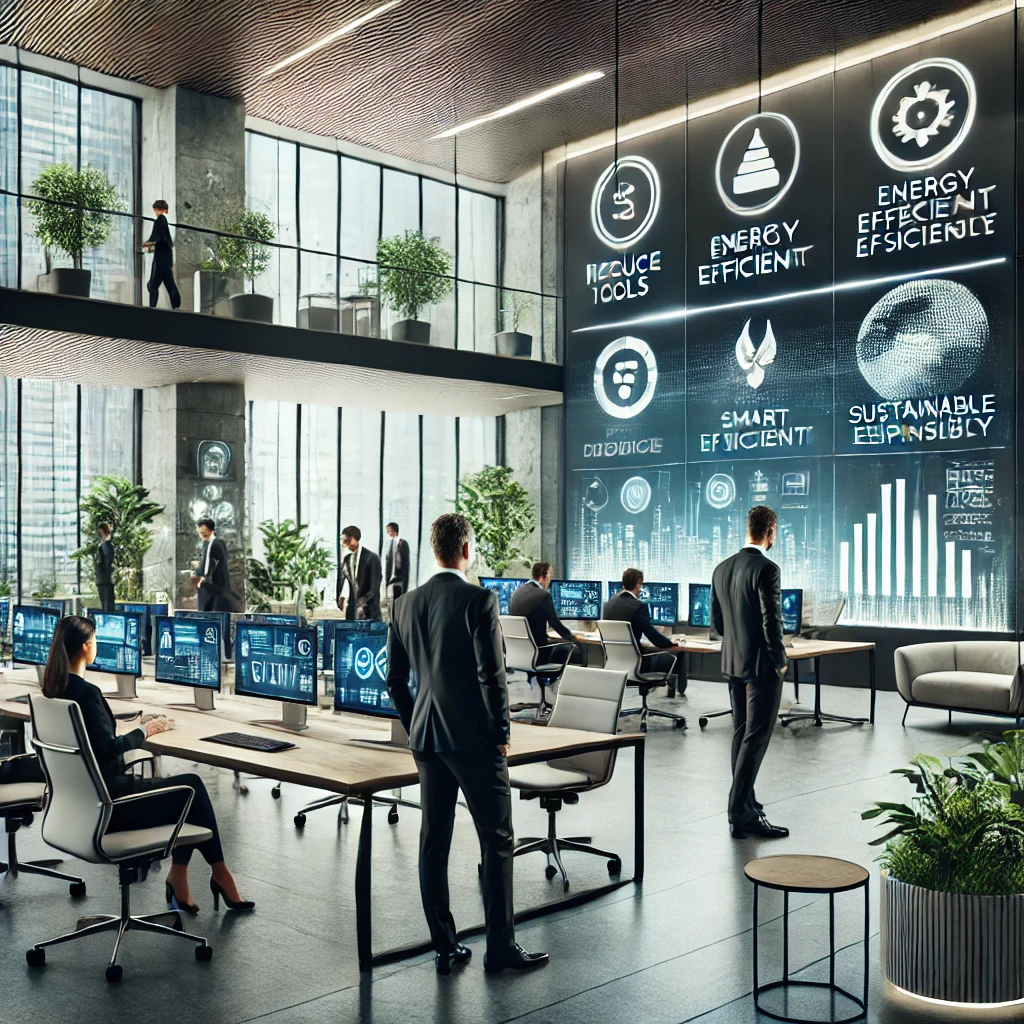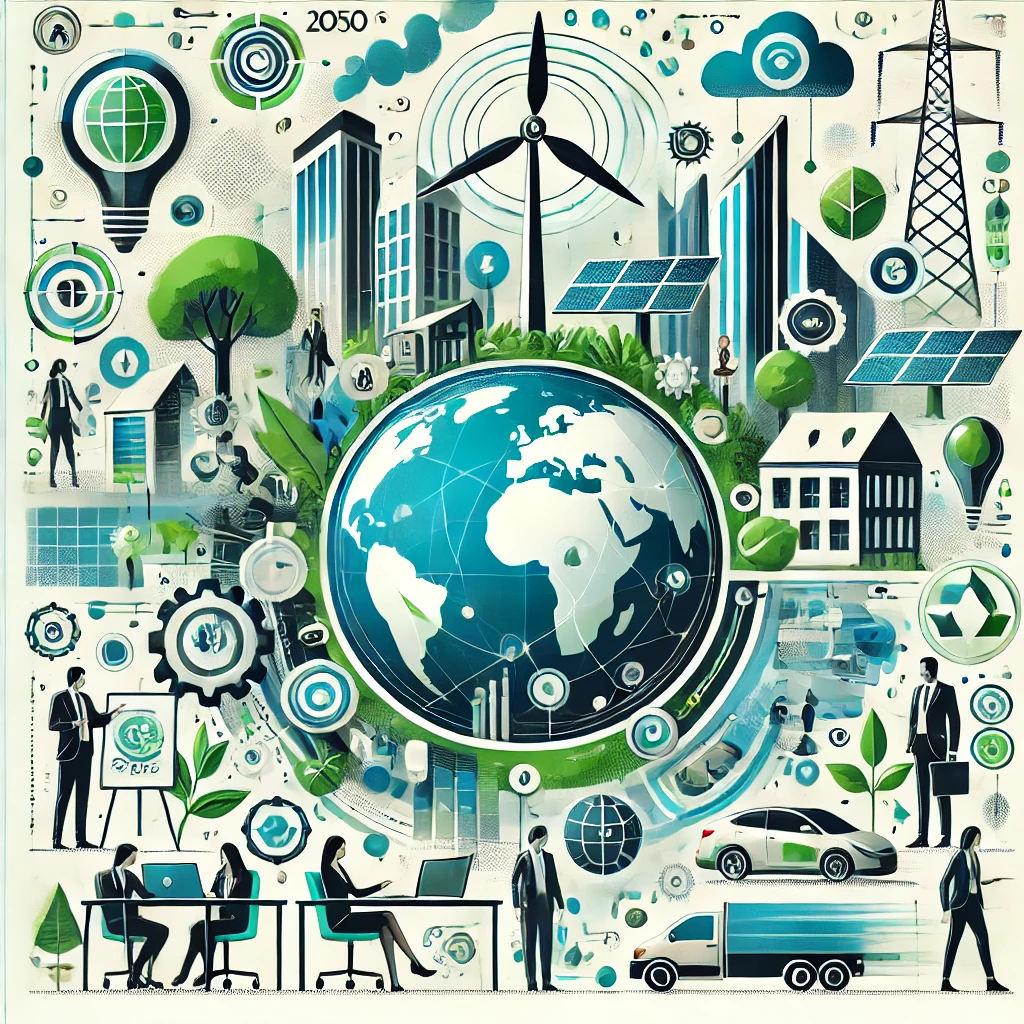Green Innovation: Driving Business Transformation in 2024

In the face of climate change, growing environmental awareness, and shifting consumer preferences, businesses are increasingly turning to green innovation to reduce their carbon footprints and contribute to a more sustainable future. This shift is not only about compliance with environmental regulations but also about seizing opportunities for growth and transformation. In 2024, green innovation is at the forefront of business strategies, helping companies to become more sustainable while maintaining profitability. From renewable energy adoption to eco-friendly manufacturing processes, businesses are rethinking their practices and aligning with sustainability goals. This transformation is more than just a trend; it’s a critical part of the future of busines
Sustainable Technologies
One of the main drivers of green innovation is the development and implementation of sustainable technologies. Renewable energy sources, such as solar, wind, and hydropower, are becoming more accessible and affordable for businesses of all sizes. Companies are installing solar panels on their facilities, investing in wind farms, and adopting energy-efficient systems to power their operations. Beyond energy, green innovations are emerging in areas such as eco-friendly materials, like biodegradable plastics, and sustainable packaging solutions that significantly reduce waste. Innovations in carbon capture and storage (CCS) technologies are also advancing, helping industries capture emissions before they enter the atmosphere, contributing to a reduction in overall greenhouse gas emissions.
In addition, water conservation technologies and smart agriculture solutions are playing critical roles in sectors like food production and manufacturing. These innovations help businesses use resources more efficiently, reducing their environmental impact while maintaining productivity. The integration of Internet of Things (IoT) devices with energy management systems is another trend driving sustainability. These devices allow businesses to monitor and optimize energy usage in real time, ensuring that operations are running efficiently and with minimal waste.
Business Benefits
The adoption of green innovations doesn’t just benefit the environment—it’s also a smart business move. Companies that embrace sustainability often find themselves reducing costs in the long term. For example, businesses that invest in energy-efficient technologies and renewable energy can significantly lower their utility bills and operational costs. By reducing resource consumption, such as water and raw materials, businesses can enhance efficiency and cut expenses. Moreover, green innovation can lead to increased brand loyalty. Today’s consumers are more conscious of the environmental impact of the products and services they buy, and they prefer to engage with companies that prioritize sustainability. Businesses that incorporate eco-friendly practices into their operations are more likely to attract and retain these environmentally conscious customers.
Additionally, integrating green technologies can help businesses comply with regulatory frameworks that are becoming stricter worldwide. Governments are setting ambitious climate goals, and companies that fail to align with these regulations risk facing penalties and restrictions. On the other hand, companies that lead the way in sustainability often benefit from incentives such as tax breaks, subsidies, and grants. By aligning with environmental policies, businesses can avoid the financial risks associated with non-compliance while unlocking new growth opportunities in emerging green markets.
Real-World Examples
Many businesses are already leading the charge when it comes to green innovation. Take Patagonia, a global outdoor clothing company known for its environmental activism. The company is a pioneer in using recycled materials and promoting sustainable manufacturing practices. Patagonia’s initiatives include producing clothing made from recycled polyester, organic cotton, and other eco-friendly materials, demonstrating how green innovation can coexist with business success. The company’s commitment to sustainability has built a loyal customer base that values environmental responsibility, driving long-term brand growth.
Another standout example is IKEA, which has implemented a comprehensive strategy to become a circular business by 2030. The company is focusing on using renewable and recycled materials in its products and is working toward energy independence by installing solar panels on its buildings and investing in wind farms. IKEA also encourages customers to participate in its green initiatives by offering furniture recycling programs, which reduce waste and promote responsible consumption.
In the tech industry, Google has made significant strides in sustainability by investing heavily in renewable energy. In fact, the company has been running on 100% renewable energy since 2017, powering its global operations with wind and solar energy. Google is also working on making its data centers more energy-efficient and sustainable, as these facilities are known for their high energy consumption. By focusing on green innovation, Google is not only reducing its carbon footprint but also setting an example for other tech companies to follow.
Conclusion
As businesses around the world continue to adopt green innovations, it is becoming clear that sustainability is not just a short-term solution but a long-term strategy for success. The companies that embrace these changes are not only helping to protect the planet but are also gaining a competitive edge by reducing costs, increasing efficiency, and appealing to eco-conscious consumers. The role of green innovation in business transformation is undeniable, and as we move further into 2024 and beyond, these innovations will continue to shape industries across the globe.
For businesses, the message is clear: investing in green technologies and sustainable practices is not just the right thing to do for the environment, but it’s also essential for future growth and resilience in a rapidly changing world. As the demand for greener solutions grows, companies that fail to innovate risk being left behind, while those that do stand to benefit from a more sustainable and prosperous future.






Responses